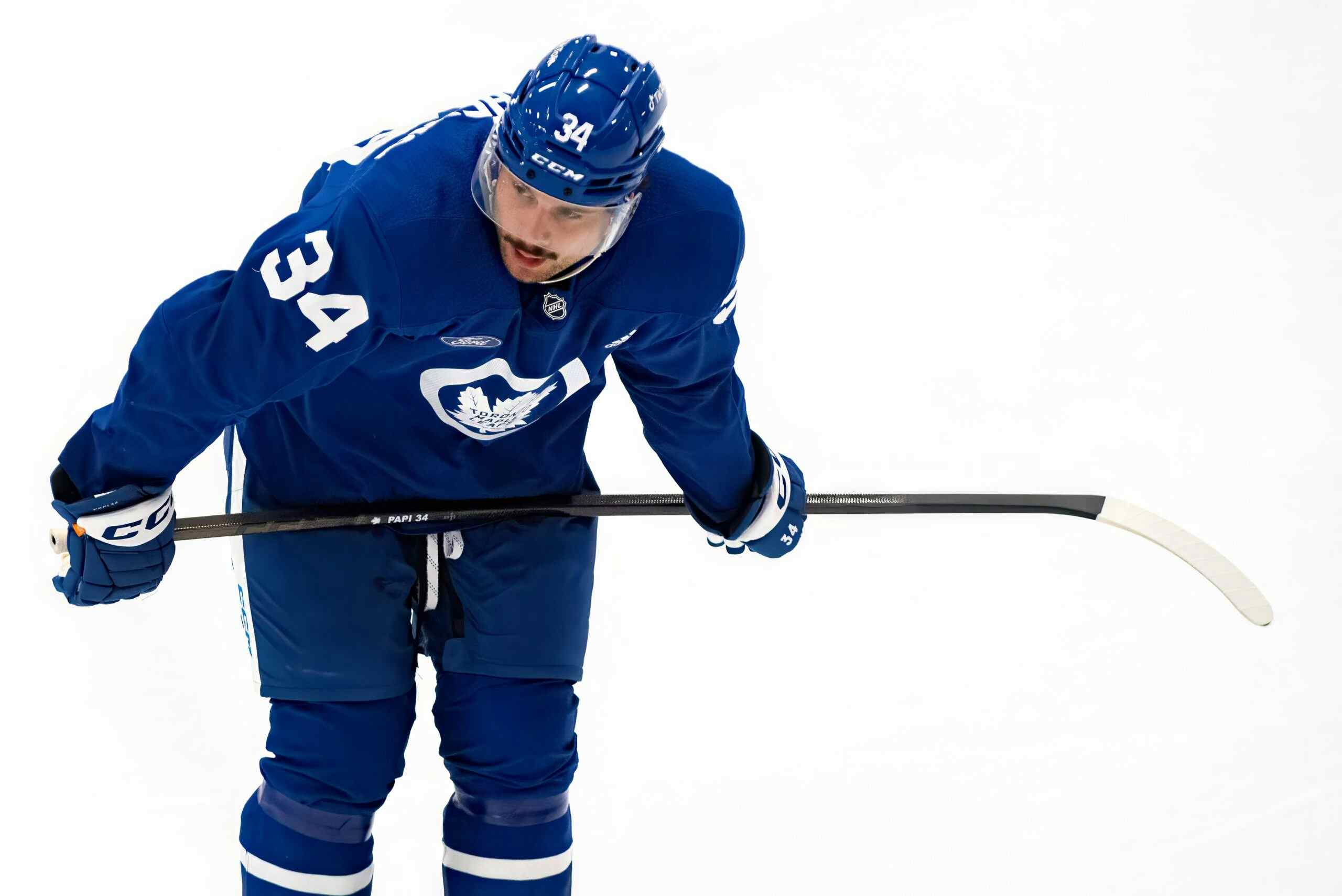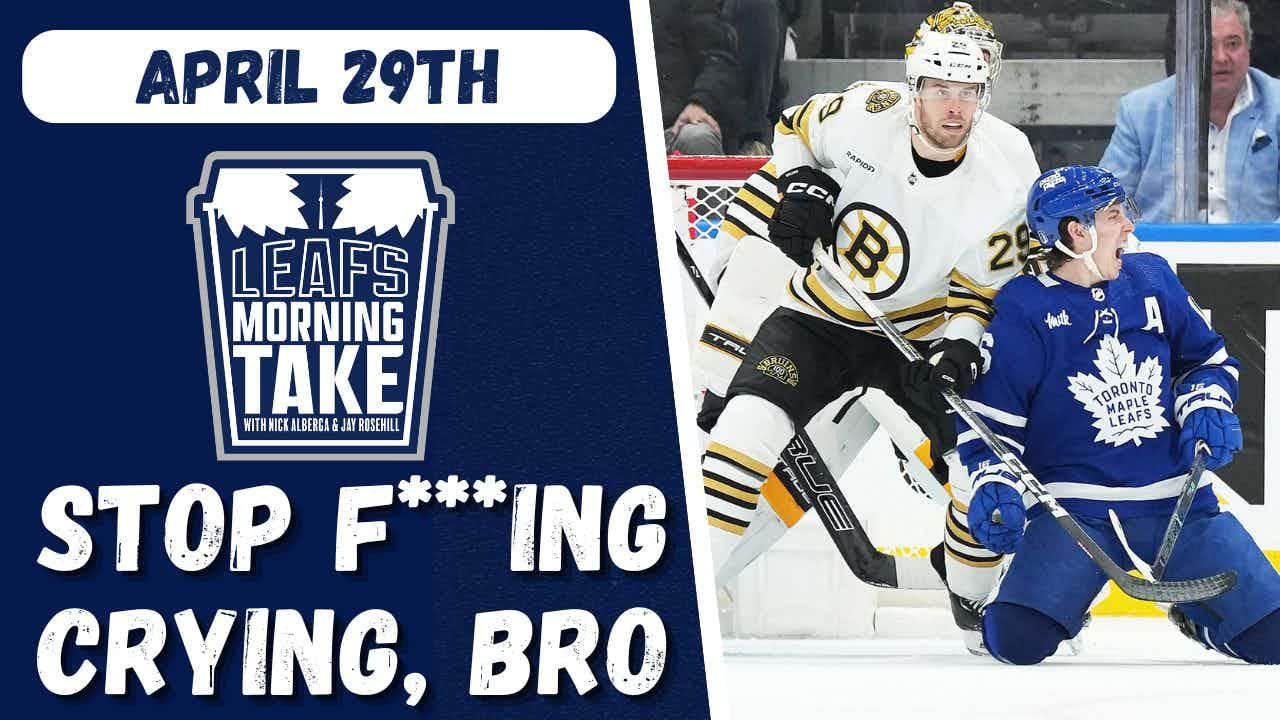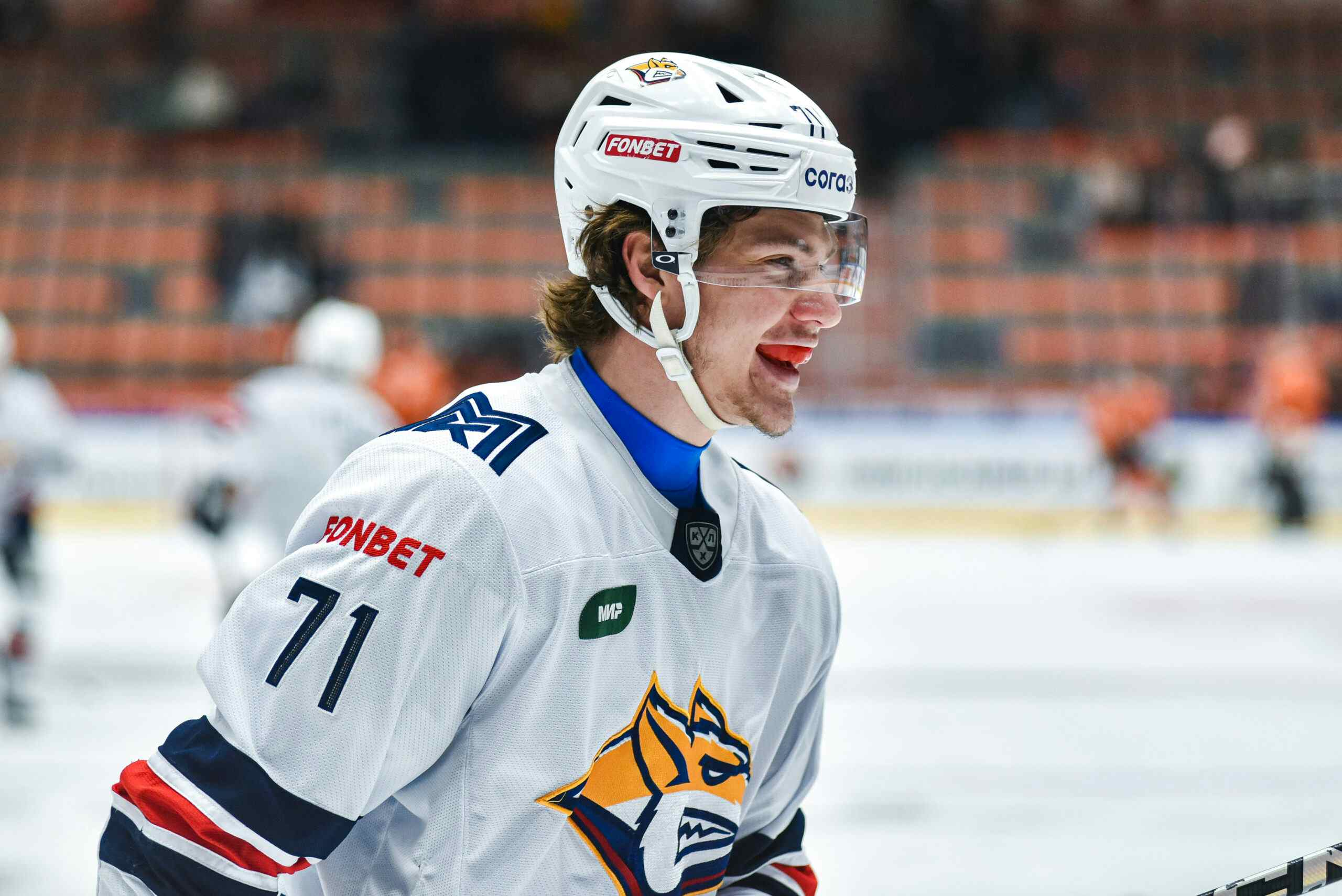He fights. He scores goals. He fights. He’s a drain on the salary cap.
By Cam Charron
10 years agoNo matter how the NHL alters the language of the Collective Bargaining Agreement, you’re always going to be able to find ways for teams to pay players more than their rival teams on the free agent market. After the salary cap was introduced, it didn’t take long for teams to handcuff themselves by spending lots of money up front on long-term deals that paid players way more than their salary cap hits indicated.
The NHL has taken away the power for teams to do those deals, and perhaps we’ll see more deals done up like David Clarkson’s, where the money is practically guaranteed to the player by way of signing bonuses, which continue to count against the cap if they get bought out.
Tyler Dellow wrote a post about this five days after Clarkson signed, in July, about how Clarkson’s contract was un-buyoutable. Dellow also noted that many big free agents, such as Nathan Horton, Mike Smith, and Mike Ribeiro, structured their contracts to have the big money paid later in the deal. Why? Tyler theorizes it’s because players want to “limit the extent to which [the player] pays into escrow.”
This was all but confirmed back on March 10 by Tyler, who found a source close to Clarkson’s contract who found that indeed, the signing bonuses can’t be bought out. As a result, the cap savings of Clarkson’s contract would not even be enough to cover the minimum salary of one NHL player as early as 2015-16.
Clarkson also has the benefit of a no-movement clause, so he cannot be sent to the minors, and a no-trade clause that allows him to dictate which 14 teams he can be traded to.“There’s no way they buy him out,” a source familiar with the contract’s language said. “You can do it, but it’s nonsensical,” because of how little cap relief it would give.Clarkson’s is not the first contract to have specific stipulations in it to protect signing bonuses. Bobby Holik, Wade Redden and Vinny Lecavalier all received their bonuses in full when they were paid out using compliance buyouts in the last decade.The difference with their buyouts, however, is that they came in windows after lockouts, when teams were allowed to buy out players with no cap penalty.
This has become talked about a little more after James’ Globe story, so it’s worth mentioning this on the site. I figured back in July, that while Clarkson’s contract could wind up being an albatross as early as Year 3/7, Clarkson would at least have a productive couple of years as a Maple Leaf.
It turns out I was a little too optimistic about Clarkson. After five goals as we wind up Clarkson’s first year in Toronto, the discussion has turned to how we can get rid of Clarkson for Years 2-through-6. It shouldn’t be a huge shock that Clarkson’s intangibles haven’t turned into anything tangible on the ice. He’s also caused a lot of grief to the teammates he has played with, namely Nazem Kadri:
| Goals/60 | Pts/60 | Corsi% | |
|---|---|---|---|
| with Clarkson | 0.54 | 1.09 | 44.1% |
| without Clarkson | 0.76 | 2.04 | 45.8% |
Or Joffrey Lupul:
| Goals/60 | Pts/60 | Corsi% | |
|---|---|---|---|
| with Clarkson | 0.30 | 1.51 | 40.3% |
| without Clarkson | 0.90 | 1.65 | 43.5% |
Nevermind whether Clarkson can score 30 goals in a season. At this point it’s a question as to whether Clarkson has the ability to score 30 over the entire course of his contract. It’s almost a certainty that unless the Maple Leafs eat a huge chunk of cap space to buy him out in the next couple of years, this will be the final NHL deal Clarkson plays under—not exactly a ringing endorsement for the management team that signed him.
At this point the only hope the Leafs have is that Clarkson’s shot numbers and shooting percentages regress. Indivudally, Clarkson is shooting 5.4% this season (well-below his career rate of 9.1%) and the Leafs’ as a unit are shooting just 5.8% when Clarkson is on the ice, per Extra Skater. Still, regressing those percentages closer to the norms would result in just three more goals and four more points, as the Leafs have struggled for shots with Clarky on the ice. He’s been reduced to a checking role and Nikolai Kulemin has jumped into his spot on the second line, for now.
You can’t buy him out, and his contract means you can’t trade him. If you’re the Florida Panthers, do you take a $2.625-million salary cap hit for Clarkson at this point?
I don’t think that this contract reflects as poorly on Nonis as perhaps it does Tim Leiweke. There’s a big chance that Leiweke wanted Nonis to make a free agency splash this offseason, which involved getting one of the biggest names on the market and locked up, whatever it took. The problem was that Leafs scouts had a difficult time determining the biggest free agent and Clarkson, as a local boy and a mucker and grinder with a name that sounded like Wendel Clark’s was an attractive candidate to Vinny from Vaughn calling into TSN 1050 in the afternoon to talk about how Phil Kessel isn’t tough enough to be a leader. Some of the worst contracts are signed because the team wants to market itself in the community, and this Clarkson deal is just that.
Right now, the only way I’m seeing the Leafs getting out of their commitment to Clarkson is an extended stay on the LTIR. Power forwards don’t typically last forever in the NHL (Clark didn’t play a game in the NHL after the age of 33). Recurring elbow or knee problems, plus a visit to Dr. Nick, may be what the Leafs need in this case.
Recent articles from Cam Charron





